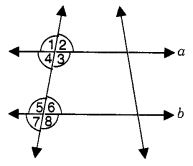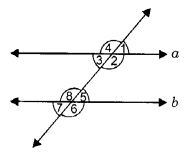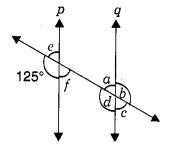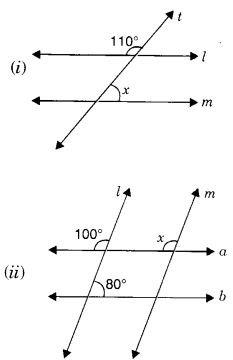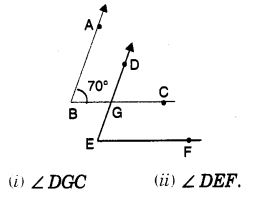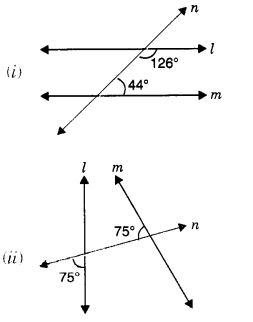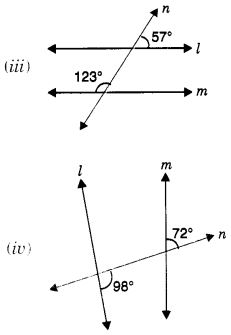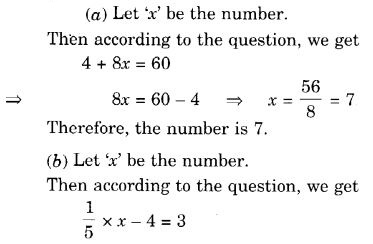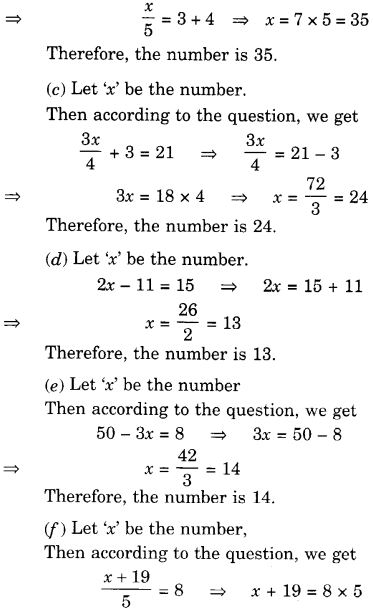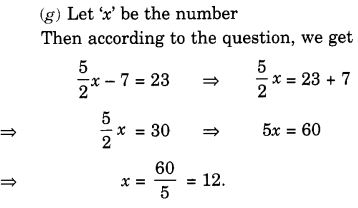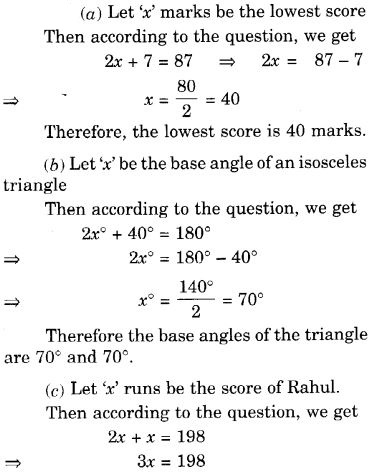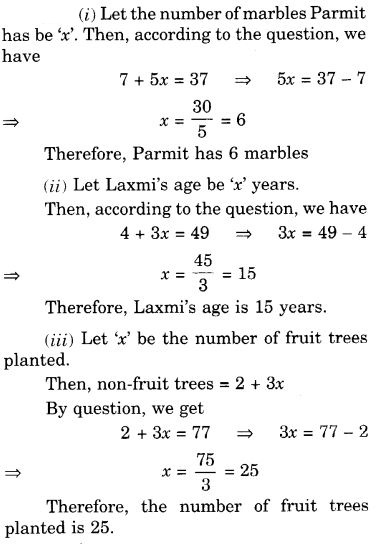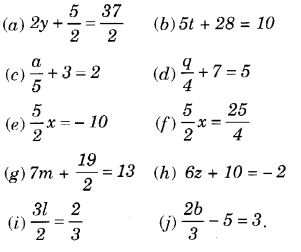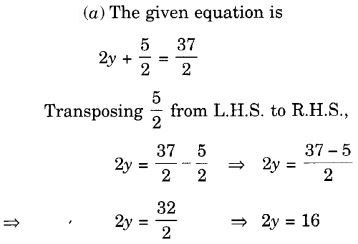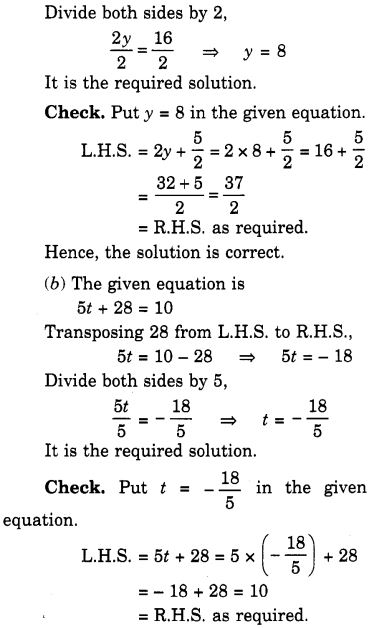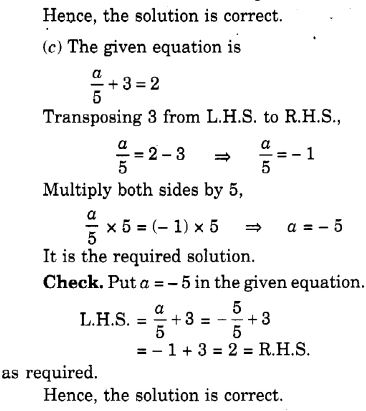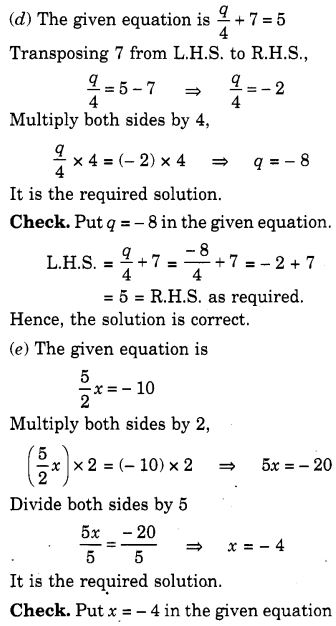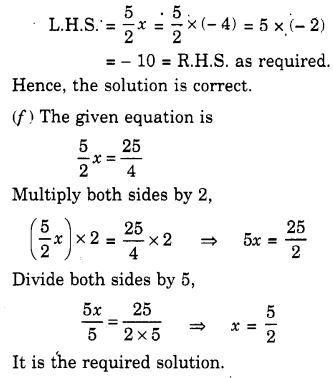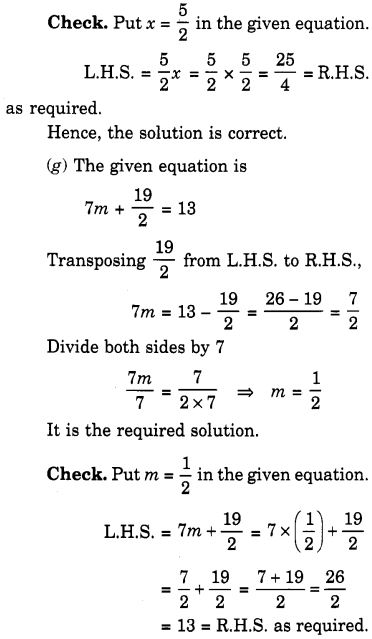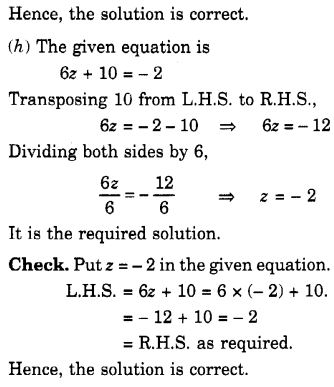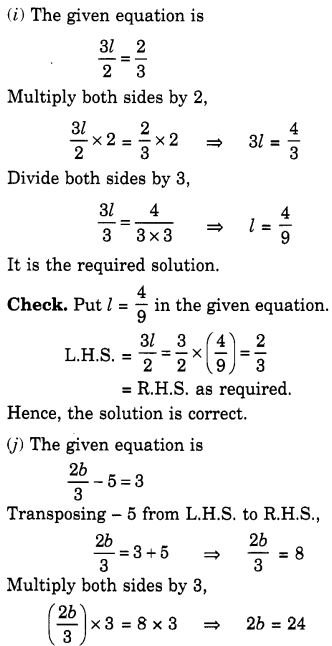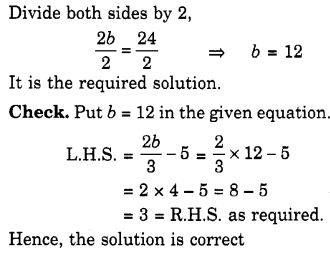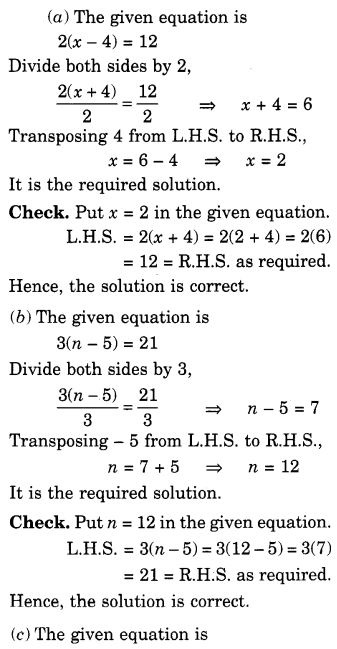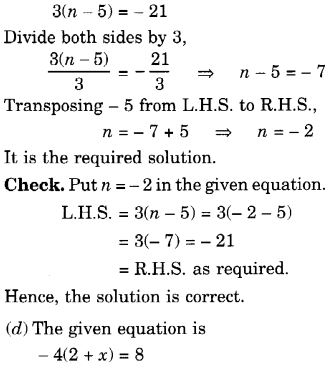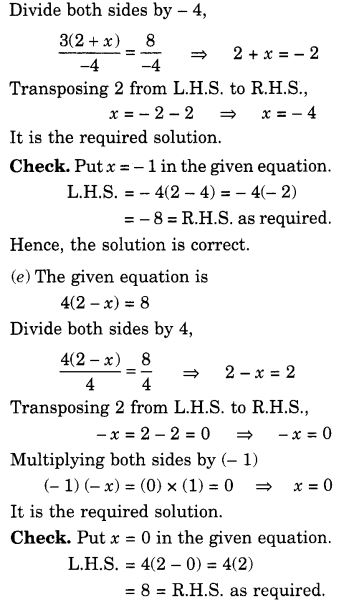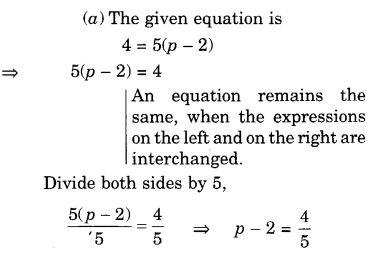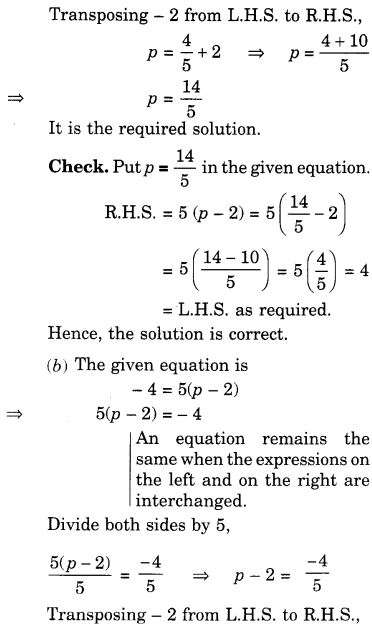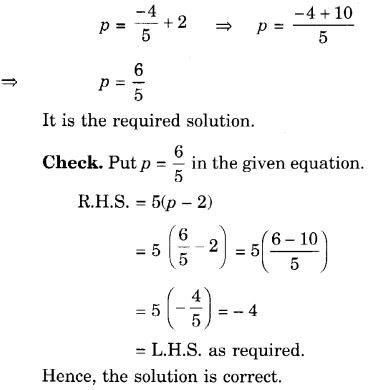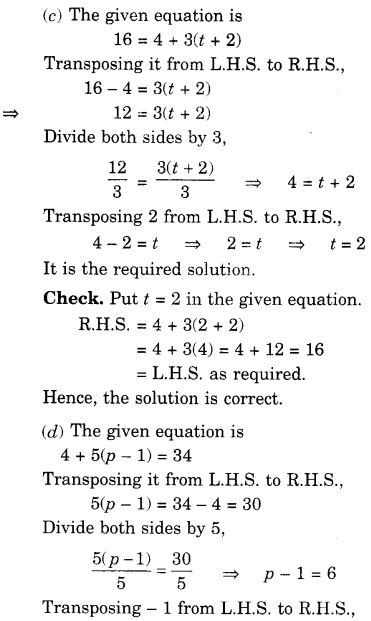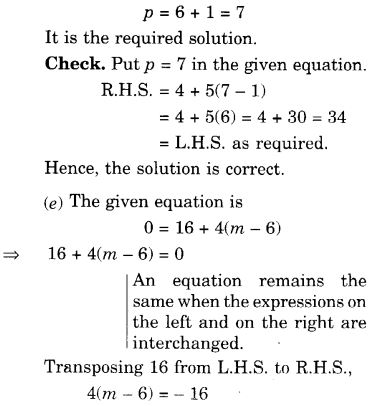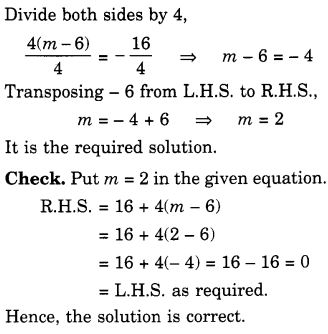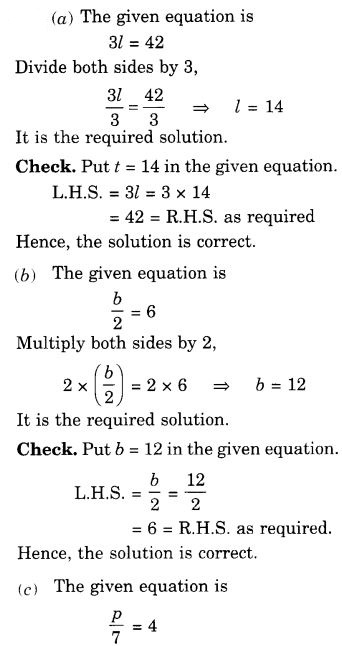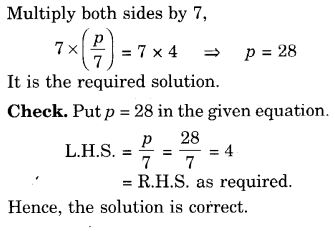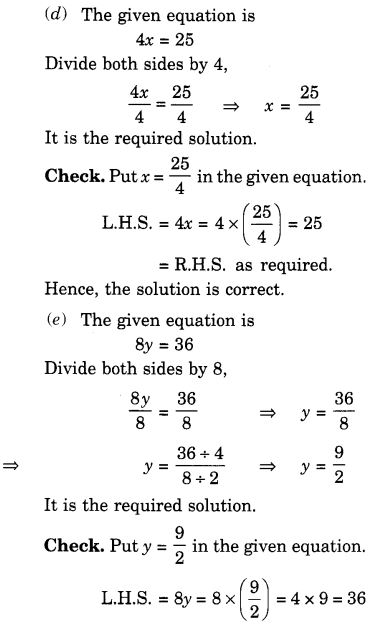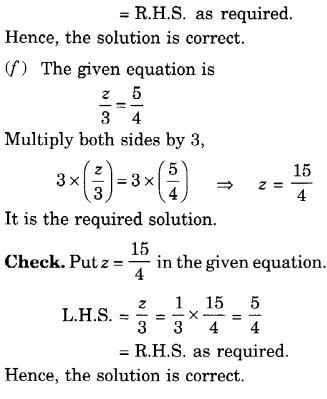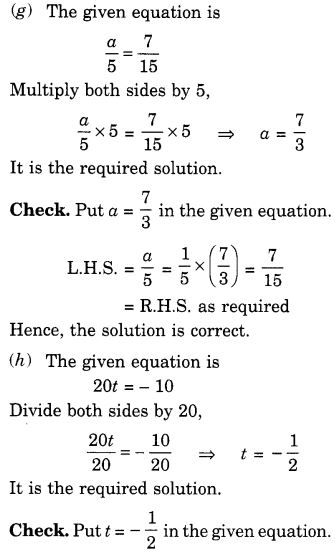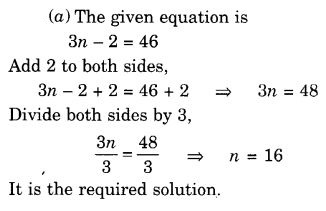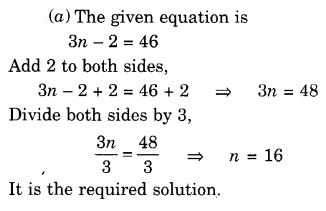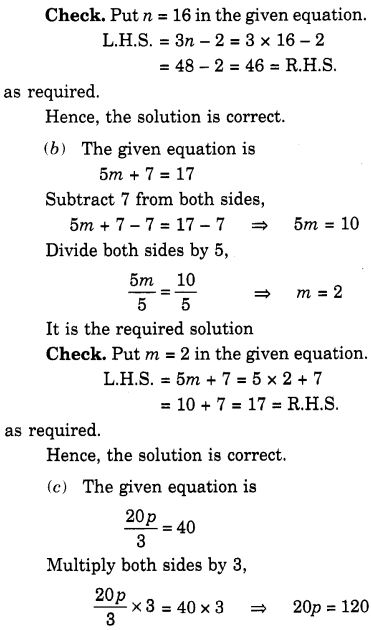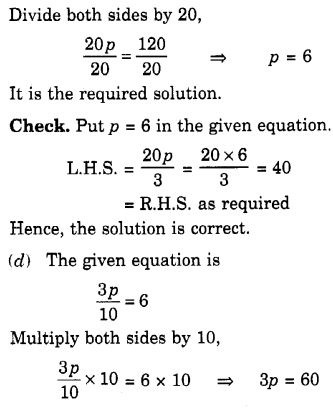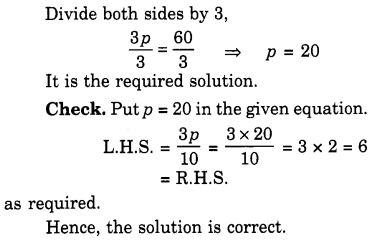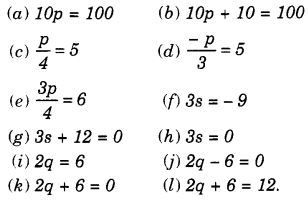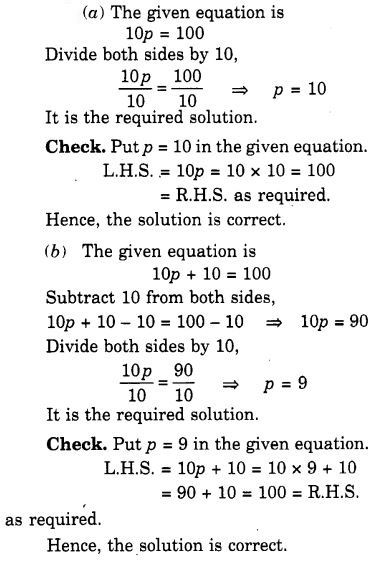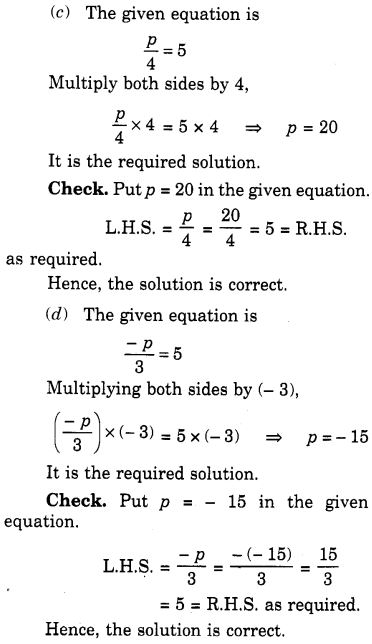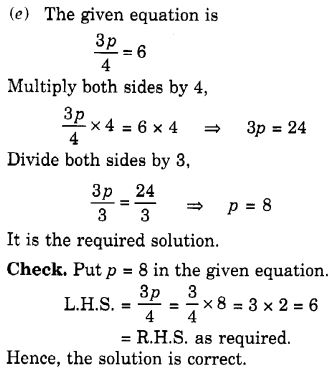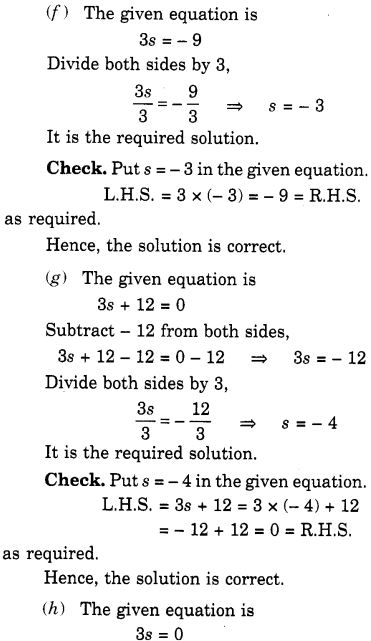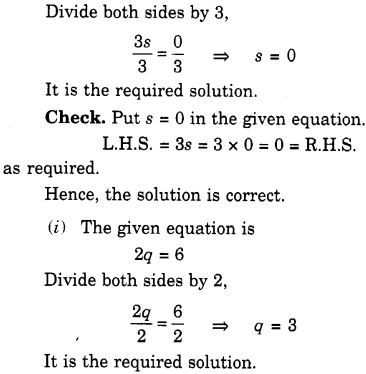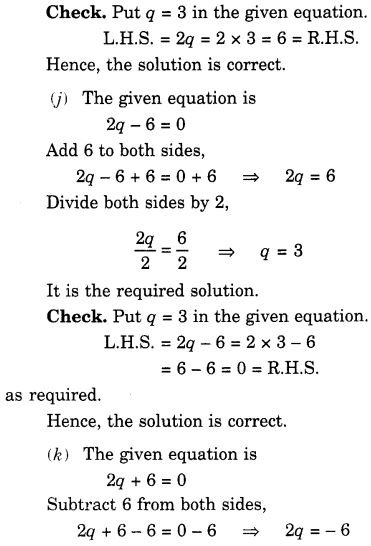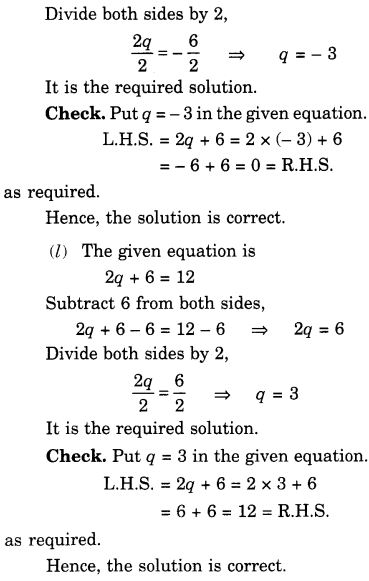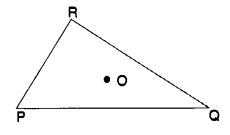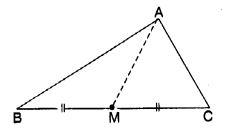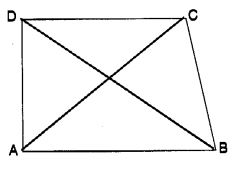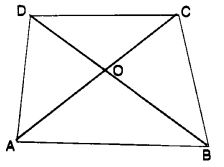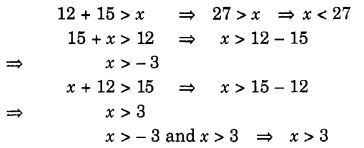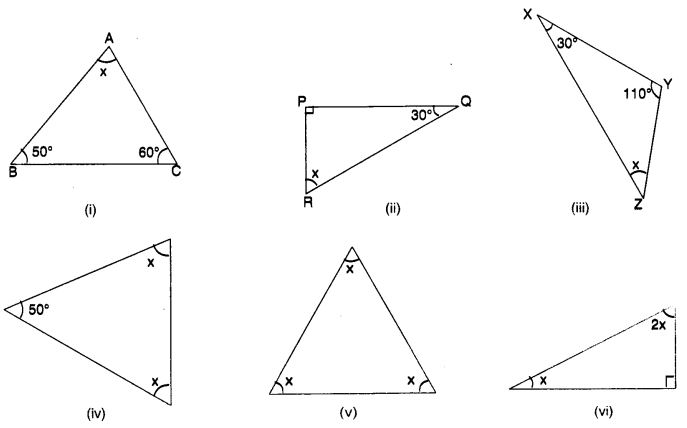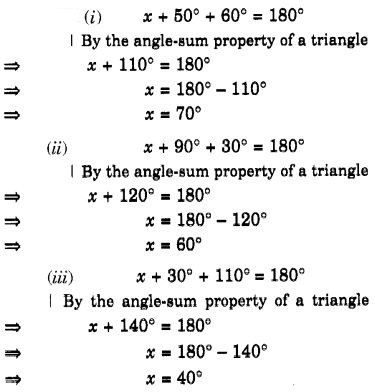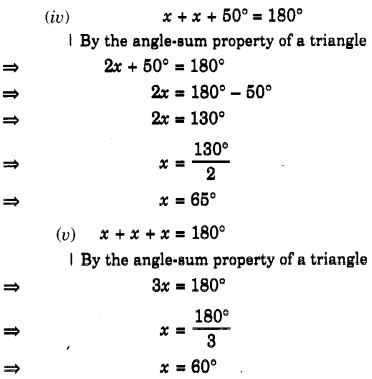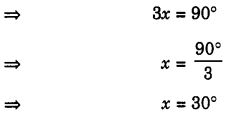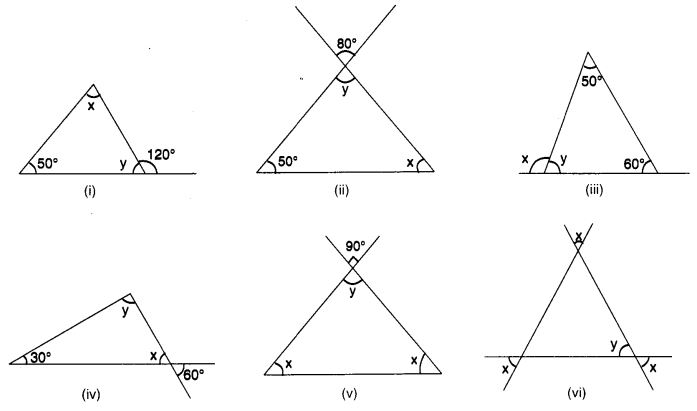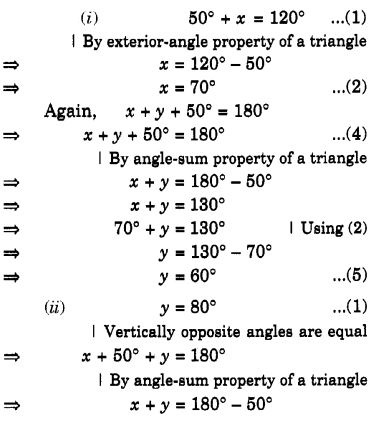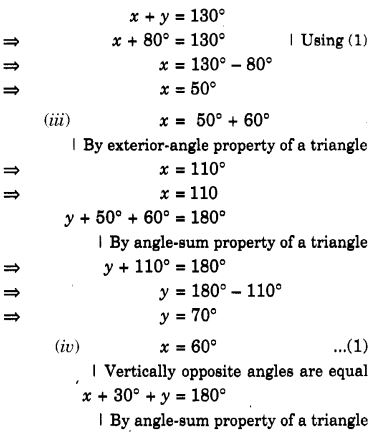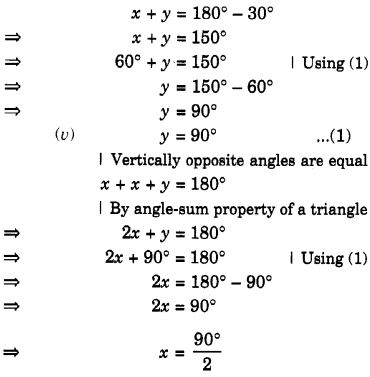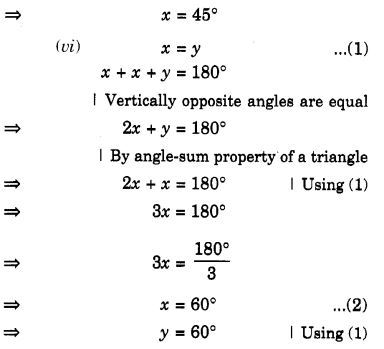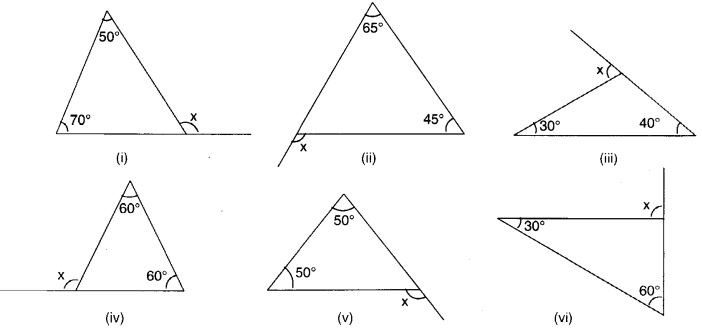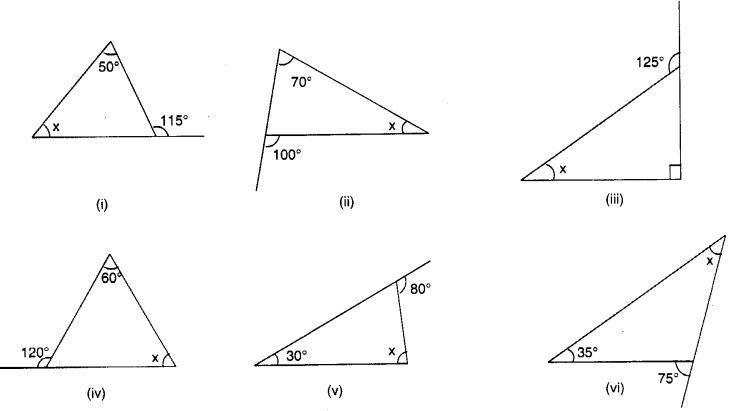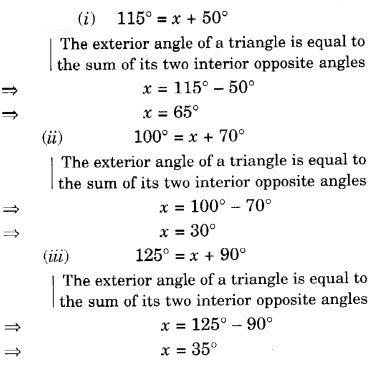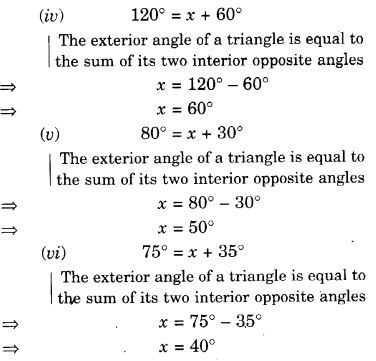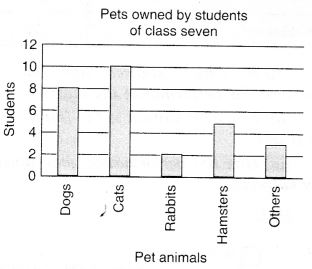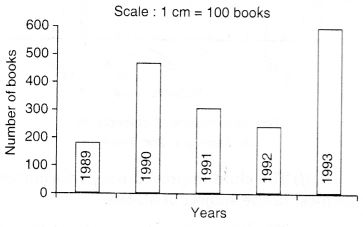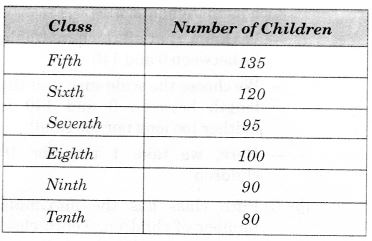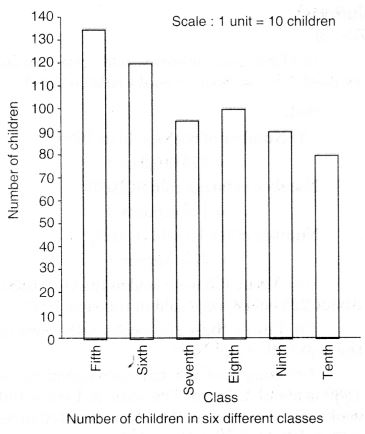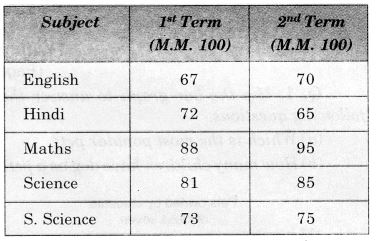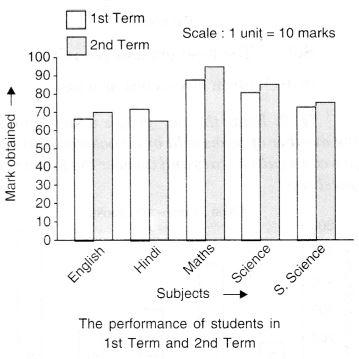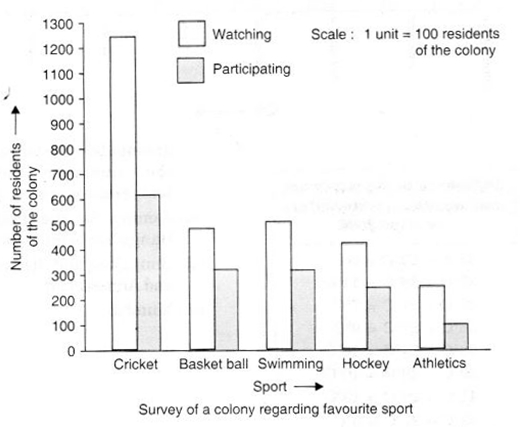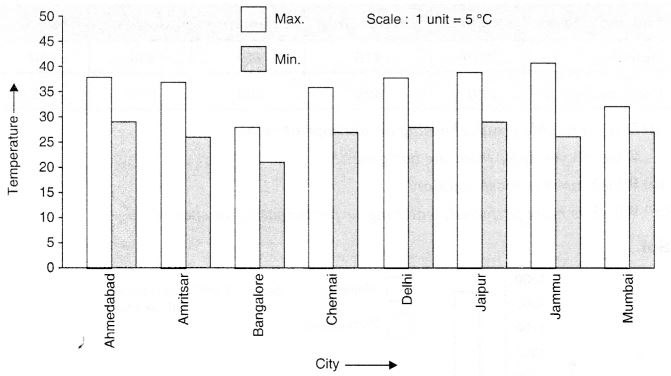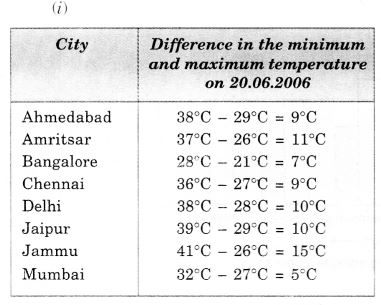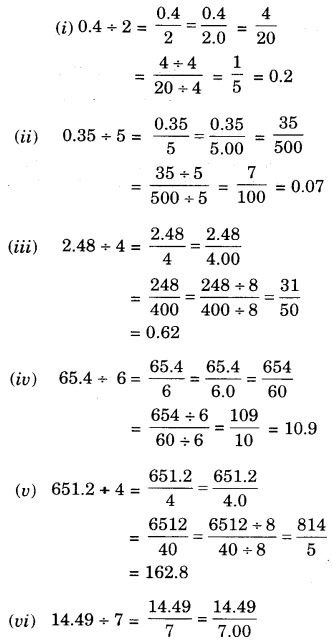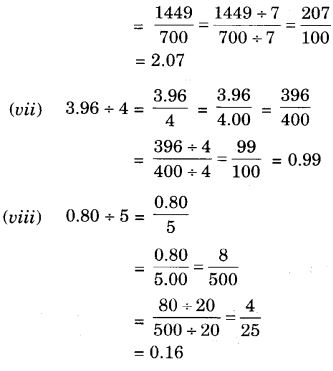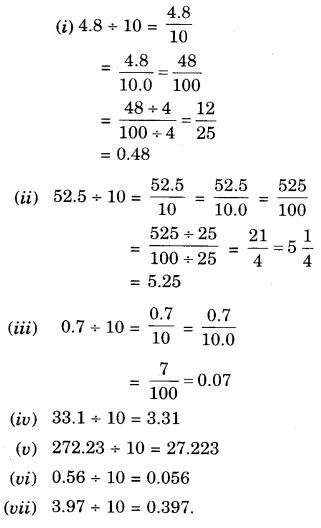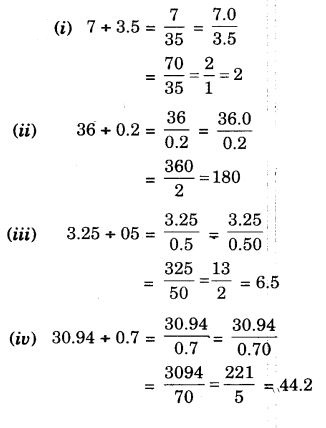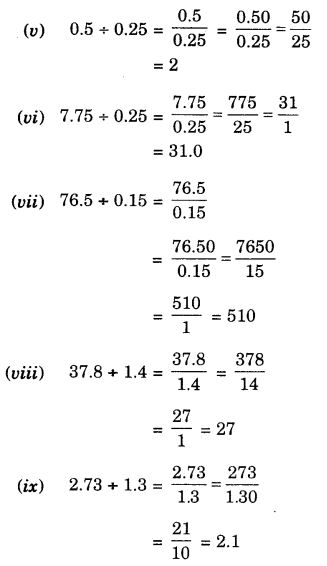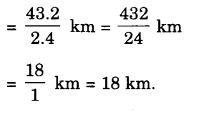NCERT Solutions for Class 7 Maths Chapter 7 Congruence of Triangles Ex 7.2 are part of NCERT Solutions for Class 7 Maths. Here we have given NCERT Solutions for Class 7 Maths Chapter 7 Congruence of Triangles Ex 7.2.
| Board | CBSE |
| Textbook | NCERT |
| Class | Class 7 |
| Subject | Maths |
| Chapter | Chapter 7 |
| Chapter Name | Congruence of Triangles |
| Exercise | Ex 7.2 |
| Number of Questions Solved | 10 |
| Category | NCERT Solutions |
NCERT Solutions for Class 7 Maths Chapter 7 Congruence of Triangles Ex 7.2
Question 1.
Which congruence criterion do you use in the following?
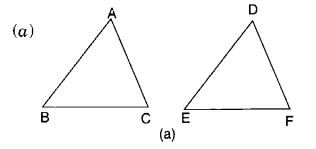
Given:
So.
AC = DF
AB = DE
BC = EF
so ∆ ABC = ∆ DEF
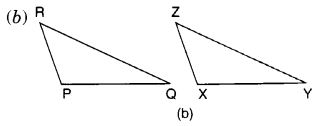
Given: ZX = RP
RQ = ZY
∠PRQ = ∠XZY
So, ∆ PQR ≅ ∆ XYZ
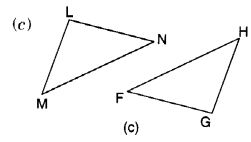
Given : ∠MLN = ∠ FGH
∠NML = ∠GFH
ML = GF
So, ∆ LMN ≅ ∆ GFH
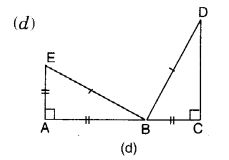
Given : EB = DB
AE = BC
∠A = ∠C = 90°
So, ∆ ABE ≅ ∆ CDB
Solution:
(a) SSS congruence criterion
(b) SAS congruence criterion
(c) ASA congruence criterion
(d) RHS congruence criterion.
Question 2.
You want to show that ∆ ART ≅ ∆ PEN,
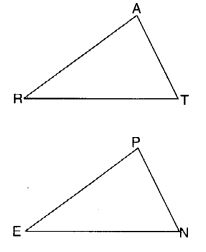
(а) If you have to use SSS criterion, then you need to show
(i)AR = (ii) RT = (iii) AT =
(b) If it is given that ∠T = ∠N and you are to use SAS criterion, you need to have
(i) RT = and (ii) PN =
(c) If it is given that AT = PN and you are to use ASA criterion, you need to have
(i) ? (ii) ?
Solution:
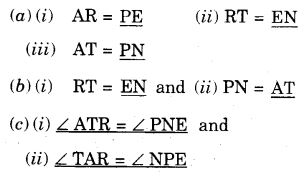
Question 3.
You have to show that ∆ AMP = ∆ AMQ.
In the following proof, supply the missing reasons.
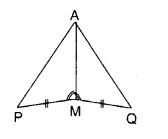
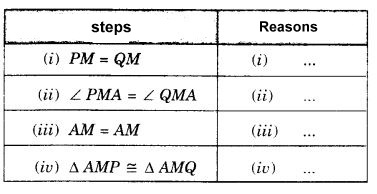
Solution:

Question 4.
In ∆ ABC, ∠A = 30°, ∠B = 40° and ∠C = 110°
In ∆ PQR, ∠P = 30°, ∠Q = 40° and ∠R = 110°
A student says that ∆ ABC = ∆ PQR? by AAA congruence criterion. Is he justified’? Why or why not?
Solution:
No! he is not justified because AAA is not a criterion for congruence of triangles.
Question 5.
In the figure, the two triangles are congruent. The corresponding parts are marked. We can write ∆ RAT = ?
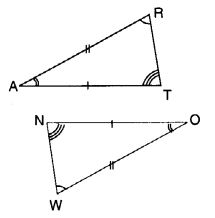
Solution:
∆ RAT ≅ ∆ WON
Question 6.
Complete the congruence statement:
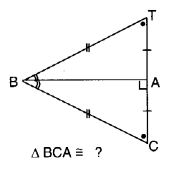
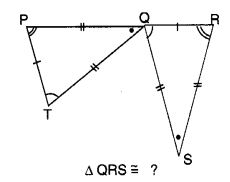
Solution:
∆ BCA = ∆ BTA
∆ QRS = ∆ TPQ
Question 7.
In a squared sheet, draw two triangles of equal areas such that
- the triangles are congruent
- the triangles are not congruent. What can you say about their perimeters?
Solution:
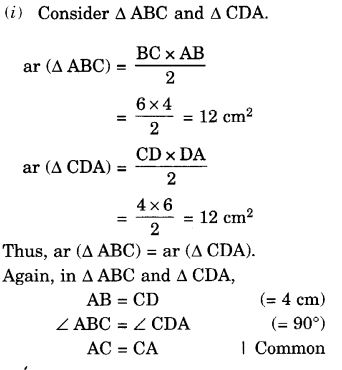
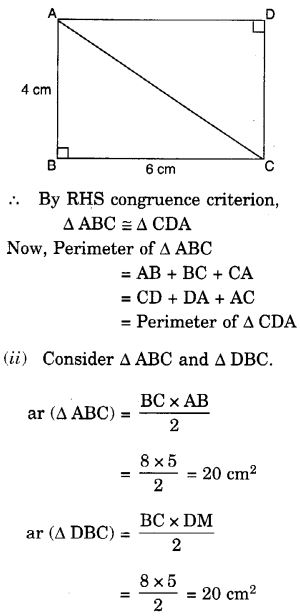
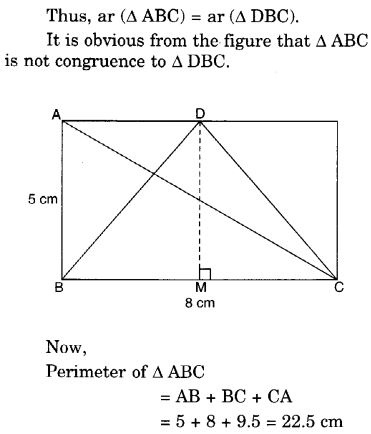
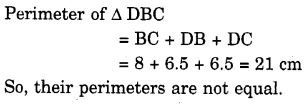
Question 8.
Draw a rough sketch of two triangles such that they have five pairs of congruent parts but still the triangles are not congruent.
Solution:

In ∆ ABC and ∆ DEF,
AB = DF (= 2 cm)
BC = ED (= 4 cm)
CA = EF (= 3 cm)
∠BAC = ∠EDF
∠ABC = ∠DEF
But ∆ ABC is not congruent to ∆ DEF.
Question 9.
If ∆ ABC and ∆ PQR are to be congruent, name one additional pair of corresponding parts. What criterion did you use?
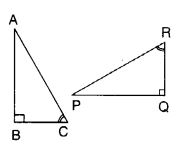
Solution:
BC = RQ by ASA congruence rule.
Question 10.
Explain why ∆ ABC ≅ ∆ FED
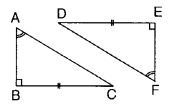
Solution:
∠ABC = ∠FED (= 90°) BC = ED
∠ACB = ∠FDE
∵ The sum of the measures of the three angles of a triangle is 180°.
∆ ABC ≅ ∆ FED (By SAS congruence criterion)
We hope the NCERT Solutions for Class 7 Maths Chapter 7 Congruence of Triangles Ex 7.2 help you. If you have any query regarding NCERT Solutions for Class 7 Maths Chapter 7 Congruence of Triangles Ex 7.2, drop a comment below and we will get back to you at the earliest.
